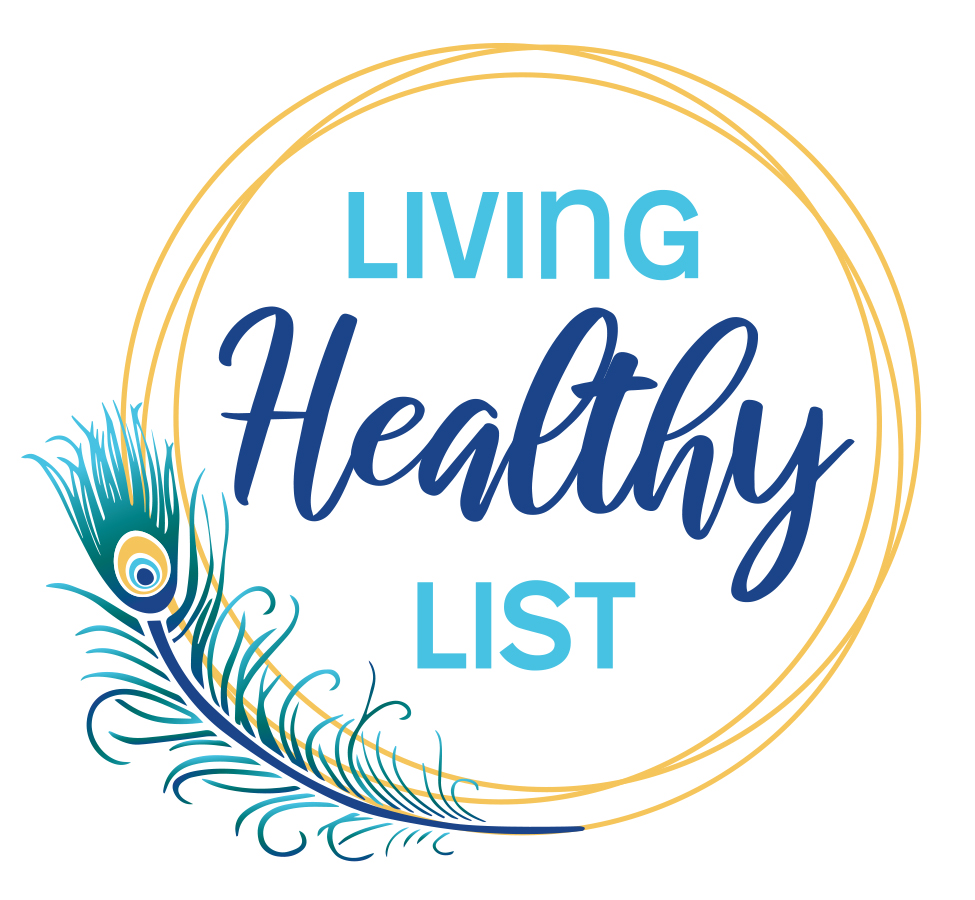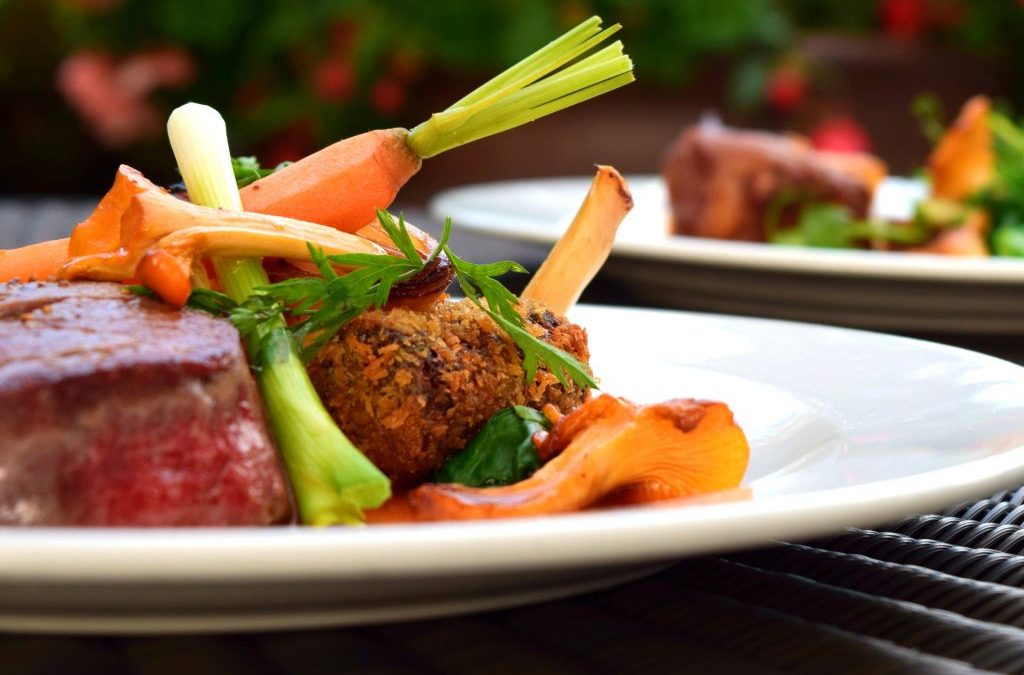There is a common myth that eating healthy and fresh, including organic produce, dairy, and meats, is expensive and is out of reach for many families. As a Personal Finance Coach & Educator, I have indeed seen clients spend thousands of dollars per month on their groceries and supplements. After all, when you don’t have your health, what else is there? Some would argue it is worth holding on to, or restoring, at any cost. I assure you that you can eat well without going broke!
But what about those of us that want to feel great and sustain eating well, while living within our means?
On the heels of the recent Living Healthy List “Diet Demystified Summit” (here’s just one interview that talks about food. You can get gain access here if you missed it) I want to provide some tips and a resource for those who struggle with the balance between eating healthy and how much they spend on eating healthy.
The truth is, you can afford anything you want to if it is a priority. You just can’t afford everything you want all at the same time. Like sticking to a diet, successful money management takes discipline. However, it doesn’t have to be out of reach. You truly can eat well without going broke.
If following a healthy lifestyle and diet seems out of reach because of the expense, try these steps
Know what is coming and going
Also, how much you can designate towards your groceries, supplements, take out, and eating out (in that order). You do this through budgeting or a Spending Plan. There are many different tools out there from apps. to pen and paper. The key to success with this is finding a system that works for you. The tool I use myself, and successfully with all of my clients, is a Google Doc. The tool is intentionally partially automated. It is easy to use and revisit on a regular basis to connect with your money. You can gain free access to that tool here: www.bossbudgetingblueprint.com, along with step by step instructions on how to use it to set up your spending plan.
Prioritize
If organic produce, dairy, and meat are important to you, and you have a limited budget, ensure that this is your first spending priority in what you do have to spend. Supplement the rest with “as clean” as you can, and it may be less in order to get the quality. In this case, less is more. If you find you do not have funds for other lower priority items, such as filler snacks, eating take out and going out, for example, reduce or cut those spending items out as they are not your #1 food spending priority. Knowing that you have a plan aligned with your values, and are focused on what is most important to you (healthy, whole, organic food) will make it easier to say no to those items that are less of a priority. The processed snacks are just not a spending and health priority for you right now.
Budget for a Splurge
All discipline and nothing exciting or rewarding to look forward to is no fun. It is also a recipe for feeling defeated when you so cheat. Be sure that shorter-term (every 2-4 months), or each month, there is room in your spending plan for divulgence. A nice meal out where you can spend quality time on great food with friends, for example. The pricier supplement or “want” but not need, is another example.
To keep going with this, I have a 5-Step Grocery Reduction Plan I’d love to share with you. Simply connect with me via e-mail, and I’ll send lots more ideas on how to reduce your grocery spending.
Image by RitaE from Pixabay

Michelle Boss is a Personal Finance Coach and Certified Financial Education Instructor. She is certified through the NFEC. As a Professional Money Coach, Michelle helps successful women get smart with money so they can grow their wealth and finally feel financially secure. With Michelle’s Group and One-to-one Coaching Sessions, she helps take the Fear out of Finances.

